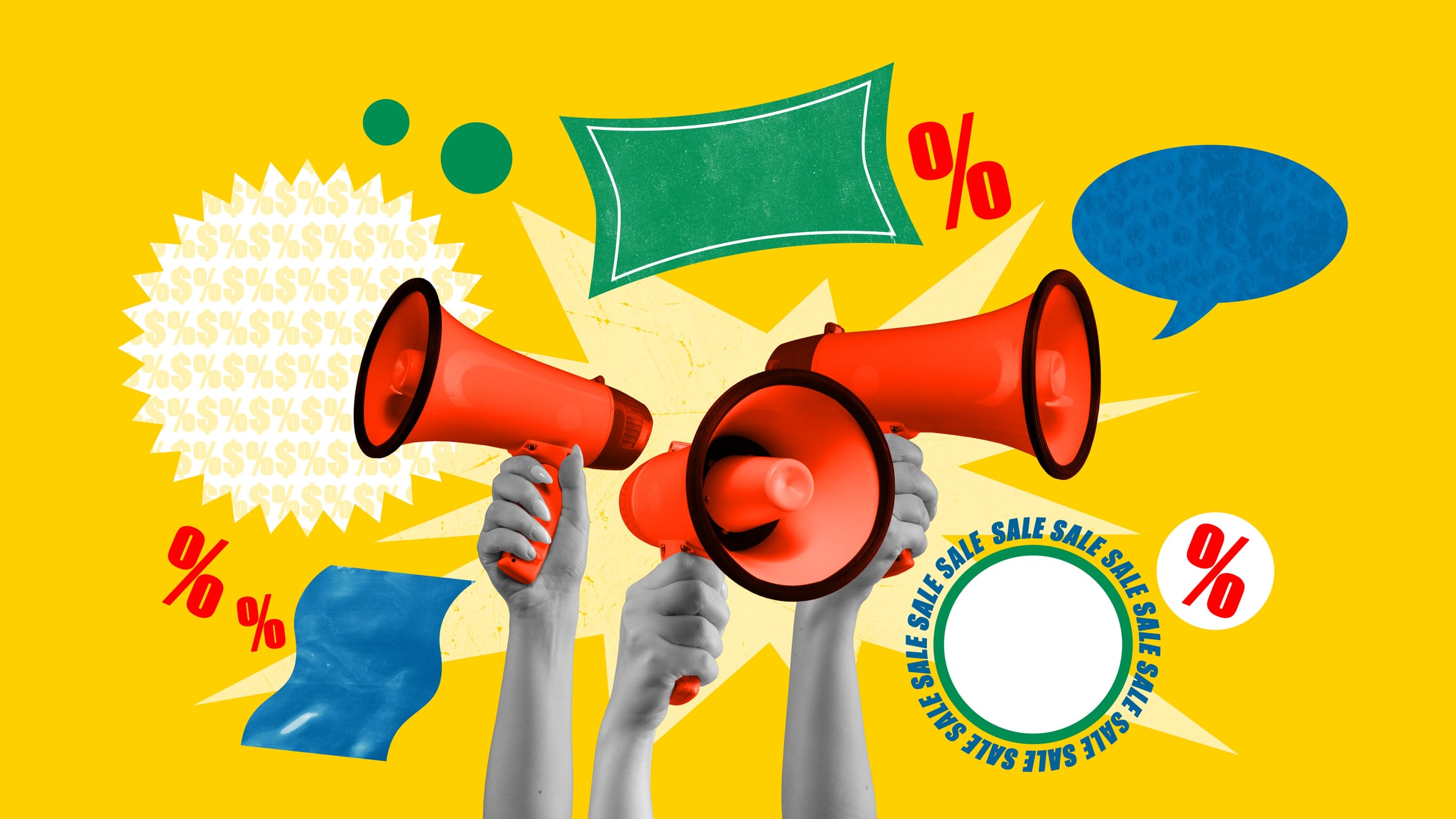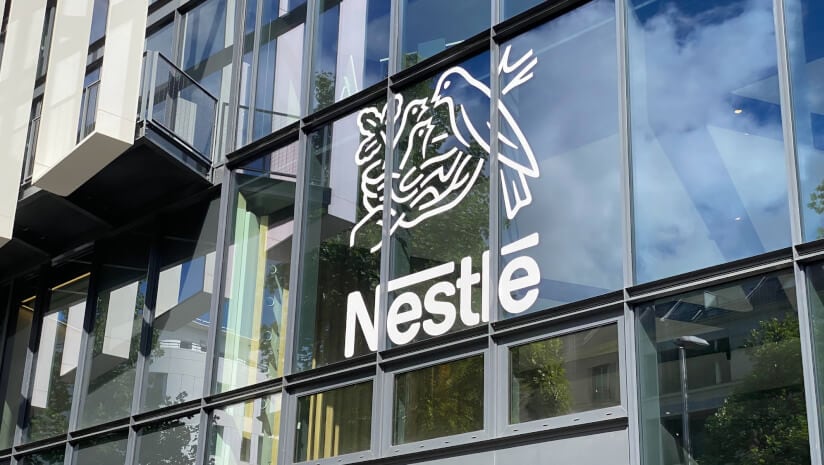Nestlé wants to invest more in marketing as it looks to sharpen the performance of its weaker brands and businesses. The world’s largest food and beverage group is already a big spender and hasn’t pulled back despite falling group sales in recent quarters.
CEO Philipp Navratil told investors during the company’s third quarter update that the group wants to go beyond pure marketing spend increases and invest in taste and quality formats, packaging, and pricing pack architecture.
But when it comes to marketing and advertising spend, does more equal better results – and what can really bring consumers back to brands they’ve dropped?
We asked professor Magda Nenycz-Thiel of the Ehrenberg-Bass Institute for Marketing Science about all that and more: read her answers below.
Editor: How much do large-scale CPG companies typically allocate to marketing and advertising expenses (as % of sales)? What are some baselines around that, and how does Nestle’s compare?
Professor Magda Nenycz-Thiel: It’s almost impossible to get an estimate for the entire marketing spend. We know that it’s usually less than trade expenditure, but with the blurring position of retail media in budgets, this could be changing, too. But for advertising, both working and non-working media, it varies from 4-6% at a company level and can range from as little as zero up to 15% of a single brand’s sales. Nestlé’s reported spend of around 8% is higher than average, however, there is no information how this translates to brand level investments.
Editor: What do you make of the fact that Nestle has technically increased its marketing spend (as a % of sales) in recent years despite a notable decrease in sales?
Professor: Generally, simply increasing the marketing spend doesn’t guarantee instant sales uplifts. There are only so many people in the market to buy today, and no amount of advertising will convince those who are not to change their propensity to buy.
“Advertising is a weak force, with the main role being refreshing and sometimes building memory structures so that when consumers are in the buying situation, brands have higher chances to be thought of.”
Professor Magda Nenycz-Thiel of the Ehrenberg-Bass Institute for Marketing Science
However, even with that, my questions would be - how much of the increase was working vs non-working media? How high was the reach, was it continuous, what was the quality of branding in the copies, the creativity, the relevance of messages. Then‚ what about where are we investing? Do we have the right portfolio to take part in or grow the category? What about our presence across existing and emerging channels? How easy is it to find our brands on the shelf?
Advertising dollars are only one part of the growth story - it’s the where to invest for growth, with what (portfolio) and how (the ability of advertising to nudge propensities of many potential category buyers), which needs to overlap with increased expenditure.
Editor: All things being equal, does spending more on marketing and advertising typically deliver better results for large-scale CPG firms? Why/why not?
Professor: The issue is that all things are rarely equal! Again, more working media money (wider reach for a copy that has a chance to refresh and build memory structures) creates conditions for a brand to maintain or grow its market share. But it’s not something we should expect to notice in our sales data today. So, if by better results we mean sales today, then the answer would be no. You’ll get much more visible, near-instant results from putting your money into price promotions or Physical Availability improvements.
But the overlap between Mental and Physical Availability does deliver better results in the long term. The overlap is the condition for a brand to stay in the market for decades. Buyers are not considering or evaluating all brands in the market. They search for brands in their brains. So, what we know has an impact on what has a probability of being bought. With advertising investments, we increase the likelihood of our brands being bought. The lack of Mental Availability investment means becoming like a private label. You can be of superior quality, but all you have is shelf and price, and here‚ a private label wins.
Editor: What are some of the pitfalls with major companies ramping up marketing spend, but underdelivering on the market?
Professor: Let me flip it and talk about how to increase the odds of your investments working. I would start with the message that we can grow anything, but we can’t grow everything. So prioritising investments behind the parts of the business that are big (scale matters), are likely to grow and make money (profitability) is key. Then, within that, it’s about the understanding of what the category needs for growth – what levers to pull and what does this mean for portfolio – current and future, channels, demographics. Finally, it’s how we spend the advertising money - here, continuous, wide reach, on assets that have the likelihood of refreshing or building memory structures is the necessary condition to expect better results.
Editor: When it comes to turning around the fortunes of underperforming businesses, what steps need to be taken from a marketing and advertising perspective - and how long can it take for that strategy to yield results?
Professor: First, understand the root cause of the underperformance. De-average your data. Where are we underperforming, which channels, demographics, parts of the portfolio etc. For example, if we increased prices by 25% and are losing volumes, no advertising expenditure will stop the declines.
“A good use of pack price architecture, evaluation of promotions across pack sizes, channels, and retailers, will be the first step to address the issues. Similarly, if we are not distributed widely, no advertising will fix that - the brand will not be bought if it is not present where the buyers are.”
Professor Magda Nenycz-Thiel of the Ehrenberg-Bass Institute for Marketing Science
We should also do an audit of our spend – how much on what (working vs non-working media), where, with what copy? Who did we reach? Do we have any natural experiments we can use, i.e. exposed vs non exposed, showing whether the copy nudged behaviour? What are our key media beliefs? Are they evidence-based?
Editor: What changes/improvements do consumers typically want to see from a weak/underperforming brand to go back to it?
Professor: Consumers have repertoires of brands they buy from. If one brand is less likely to be included in the repertoire, it’s unlikely that the brand was dropped from the repertoire for good. But it means that the brand is somehow harder to buy - to think of it, to find it, to choose the relevant option. Asking consumers about the reasons is not the way to go. It’s a diagnosis we need to complete by going through the Mental and Physical Availability levers, asking the right questions, and setting hypotheses to test.
Editor: What are some examples from the food and beverage space where struggling brands have been turned into ‘winners’?
Professor: Many food and beverage brands have gone from struggling or flat results to winners. The Snickers brand is a great example, which, through a great use of Distinctive Assets – You’re not you when you’re hungry, wide reach, and creativity earned share and grew penetration after years of underperformance.




